Art Nouveau Influences in Ecclesiastical Decorative Art
Art Nouveau Influences in Ecclesiastical Decorative Art
The present work, Art Nouveau Influences in Ecclesiastical Decorative Art: Monastery of the Three Holy Hierarchs in Iași, attempts to present, especially through images, a less visible and yet unexplored part of the heritage of the Monastery of the Three Holy Hierarchs in Iași. The album sheds light on the artistic value of the ritual objects hoarded here, original pieces of pew furniture and sacred objects, which have not had the same visibility and media impact that, for good reason, the stone embroidery covering the entire surface outside the church has enjoyed.
The situation is understandable, considering the fact that after the restoration from the late 19th century and beginning of the 20th century, under pressure of the communist regime, the monastery has been closed for a long time. The Church built by voivode Vasile Lupu between 1637 – 1639, has undergone...
Customers Also Bought
- 10.5 LEI
- 33 LEI
- 28 LEI
- 35 LEI


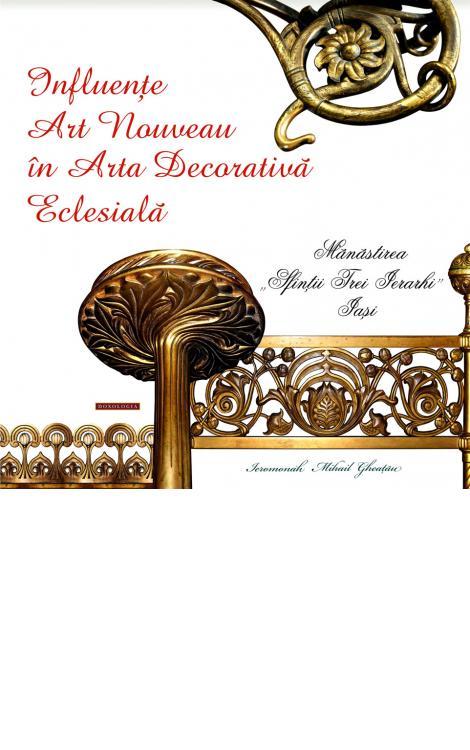

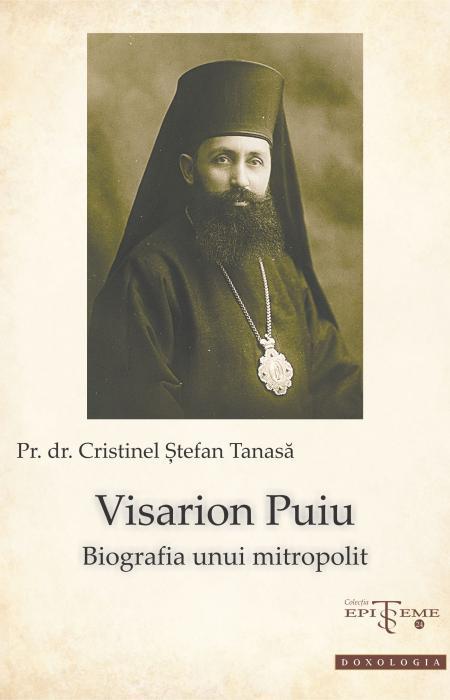
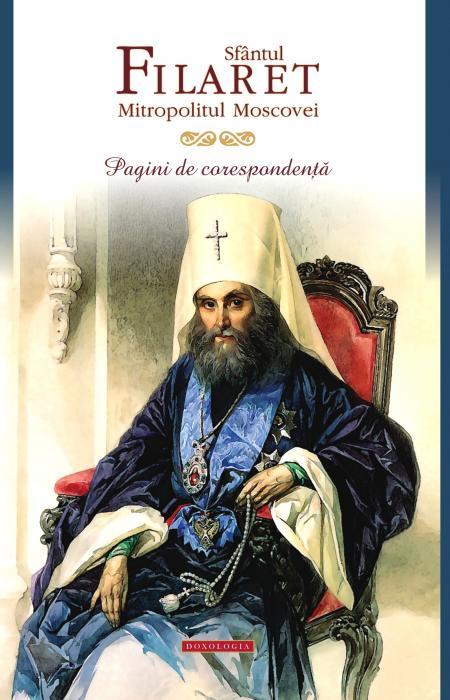
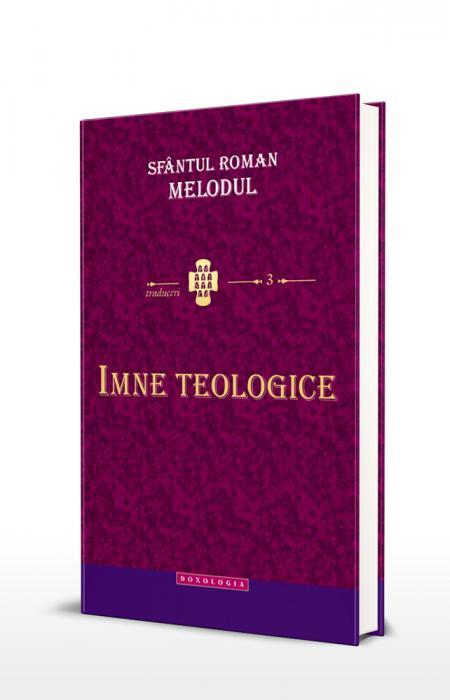

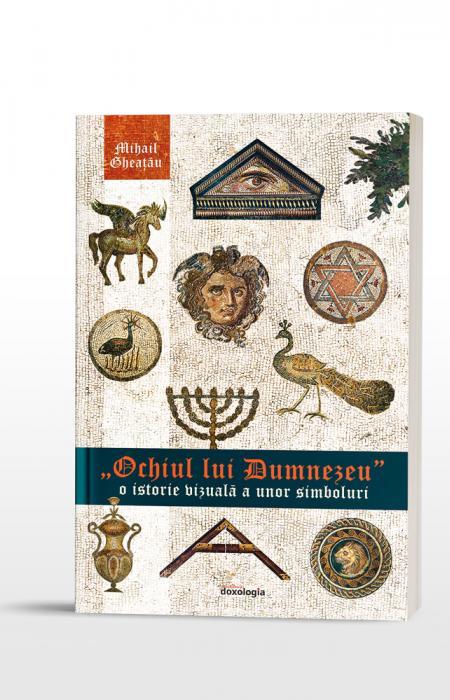

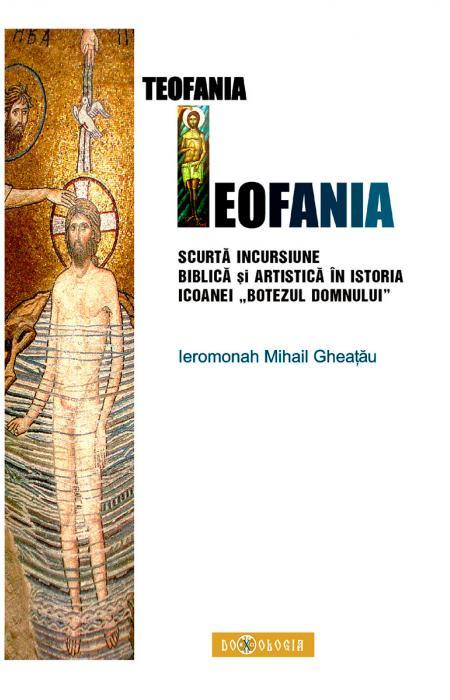
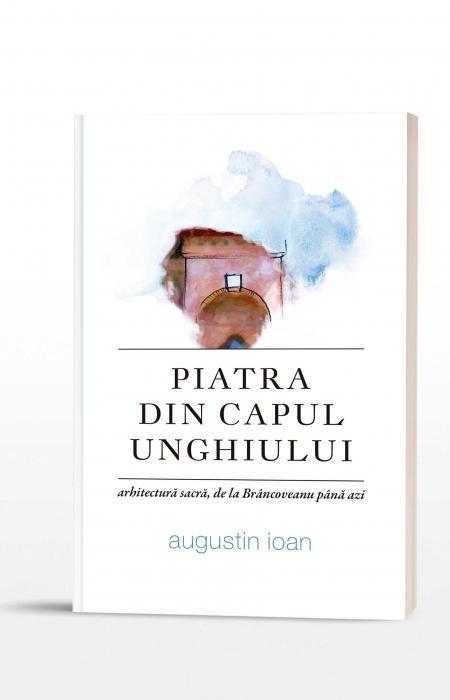
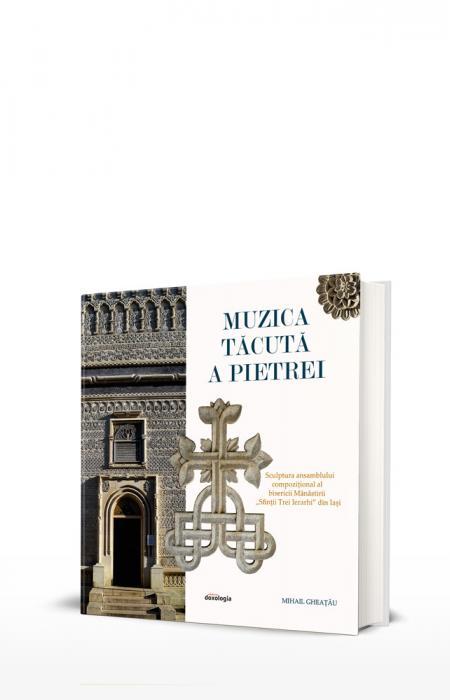
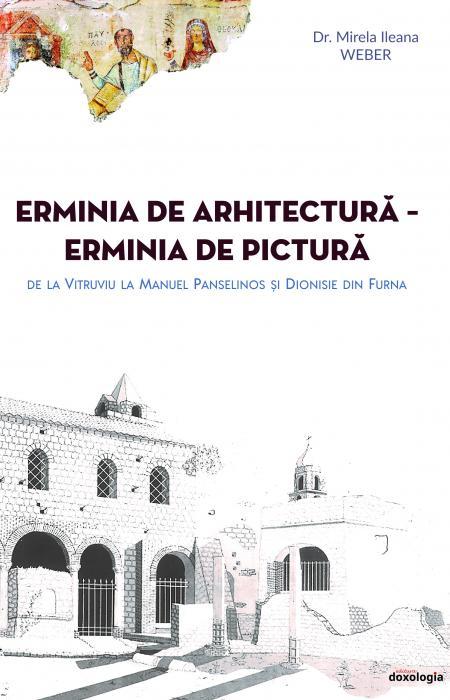
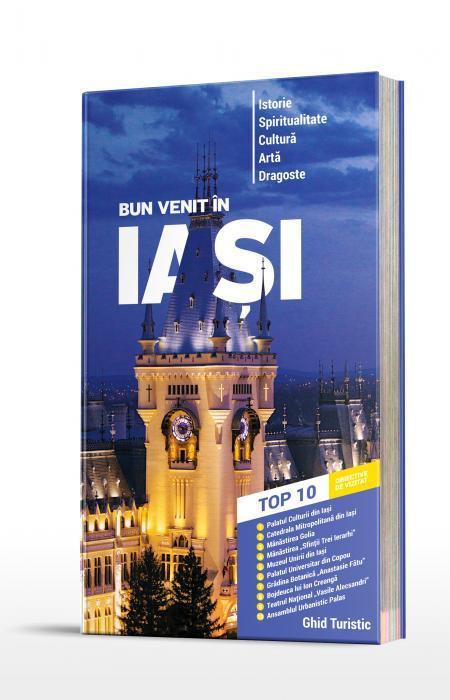
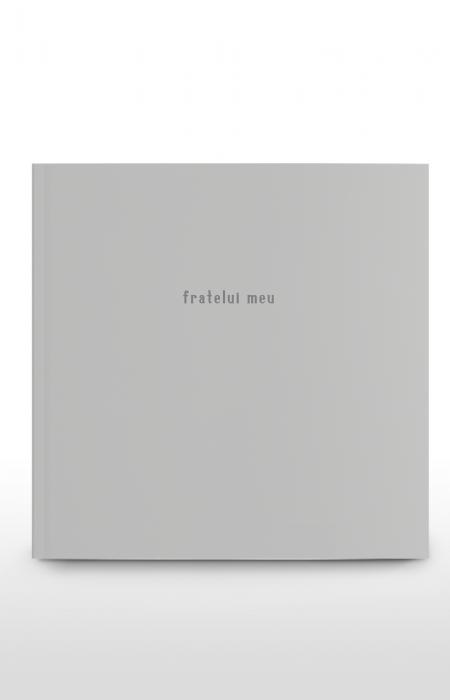
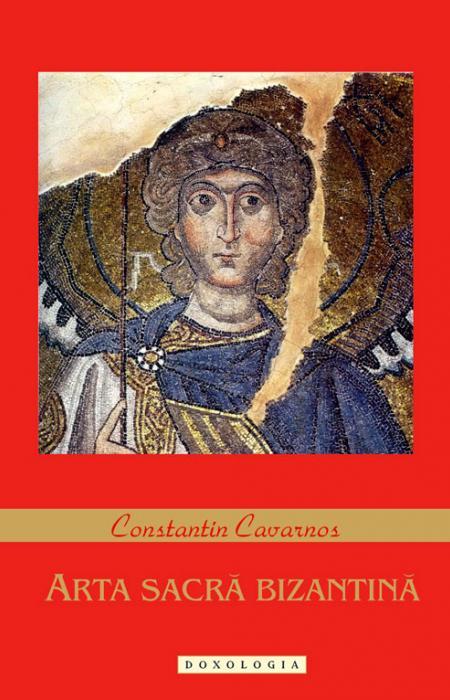
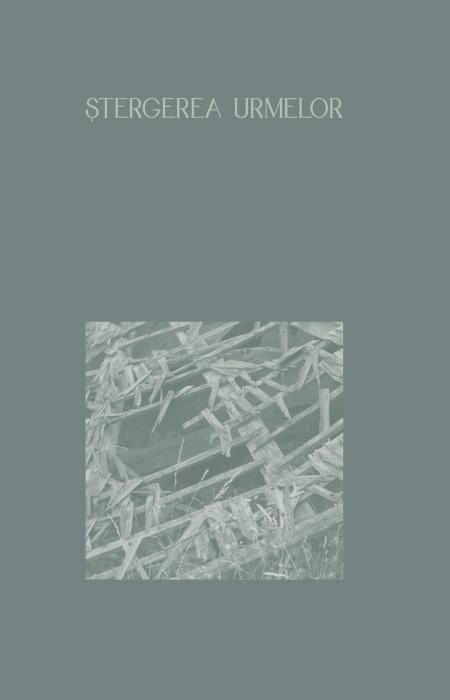

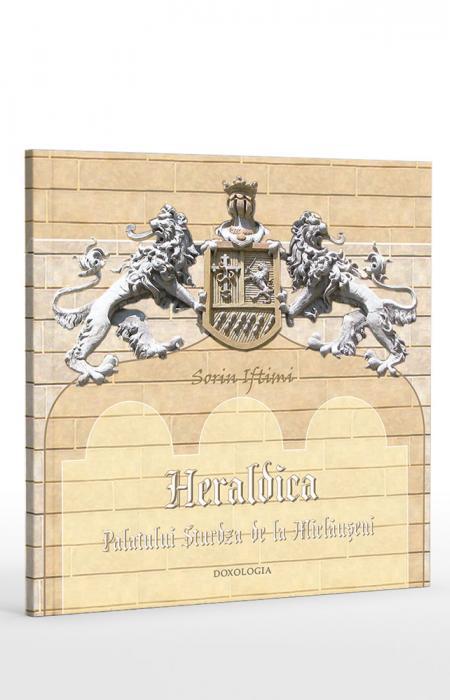

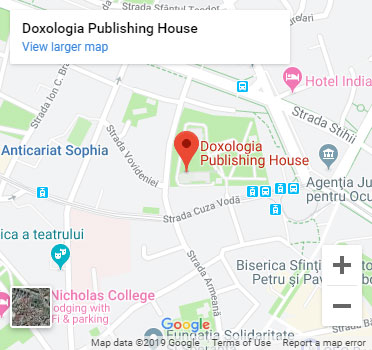
Add new comment